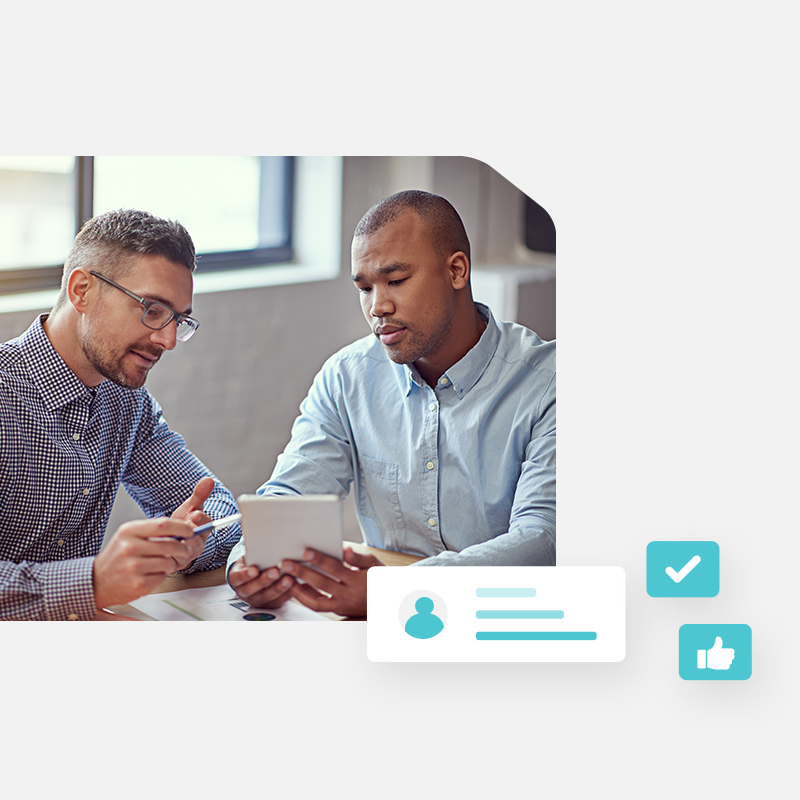Now more than ever, onboarding new employees is critical to business success. According to the Harvard Business Review, “On average, companies lose 17% of their new hires during the first three months.” Even if your new hires don’t leave in the first three months, a weak onboarding process undermines their effectiveness.
[tweet text=”What are the elements of a successful new hire onboarding program? Learn more:”]”So what are the elements of a successful onboarding program? “[/tweet] Here at Betterworks, we pair a new hire process driven by our people operations team with department-specific onboarding for each job function. The steps we take to successfully integrate and onboard new Betterworkers is outlined below. We’d love to hear your onboarding tips and tricks.
Start Onboarding Before Your Employee Starts!
While you certainly don’t want to pressure employees with onboarding activity before they start, sending a welcome email outlining the onboarding process prior to starting gives them a sense of purpose and helps remove anxiety about their first day. You can accomplish this by pre-planning a valid email format that matches your company’s tone of voice. Consider mailing them a physical package with some branded company swag to help them feel welcome before they even start. Finally, we always have team members reach out with a welcome message to make new members feel like part of the team.
Get Your New-Hire in a Standard HR Onboarding Session as Soon as Possible.
Ideally, this will have leaders from each major department giving an overview of their team and roles. This process helps foster a feeling of cross-functional awareness and collaboration. It also makes it easier for new hires to ask questions to those working outside of their function and encourages employees to engage with other team members outside of their department.
Define Goals and Milestones–and a Timeline.
Ensure new hires have a detailed set of tasks to learn about their product, department and job function. Ideally, define a schedule so employees have a clear view of what should be done week to week. For example, our Marketing department has the team follow new-hire goals so they are notified of progress. This type of status report keeps the new employee accountable and provides plenty of opportunities for the team to recognize, encourage and support!
Mix It Up!
Part of the onboarding process should include introductions to cross-functional team members and team culture. Let your new hire identify two or three people from other departments they should speak with. Encourage coffee time or some other way to get acquainted. It’s really easy to feel insulated. At BetterWorks, we team CSMs and Developers in a mutually beneficial way. CSMs learn about our engineering processes and our developers participate in “ride alongs” to understand how customers use our products.
The Buddy System.
Assigning a primary and backup onboarding buddy ensures a new hire has multiple resources to assist with the onboarding process. This helps load balance their mentor and also gives a secondary resource for questions if someone is out sick or otherwise not available.
Ownership Makes a Difference.
Rather than have someone else own the responsibility for making your new hire successful, encourage them to take initiative for completing their onboarding plan.
Celebrate Success.
Have new hires give an onboarding wrap up presentation to the team. This gives a sense of accomplishment and formalizes the completion of onboarding with the team. Have them include suggestions for improving the onboarding process. This ensures future candidates benefit from continuous improvements in the process!
Onboarding Goals in Betterworks.
Here at BetterWorks, we have each new hire copy the onboarding goal from the last new employee in the department. This ensures the onboarding plan remains up to date and builds on the experiences of the team.
Using these tips and tricks, you’ll have had a great new hire experience and set the foundation for an engaged employee!






